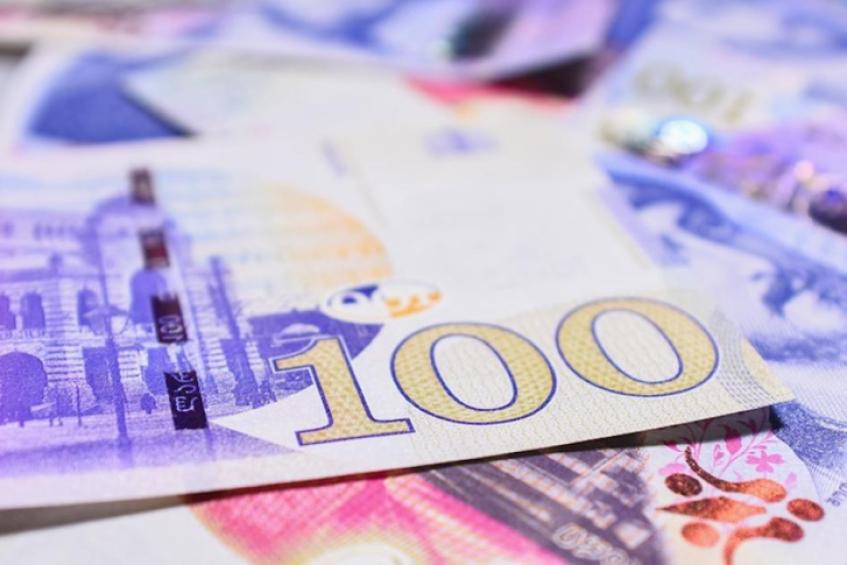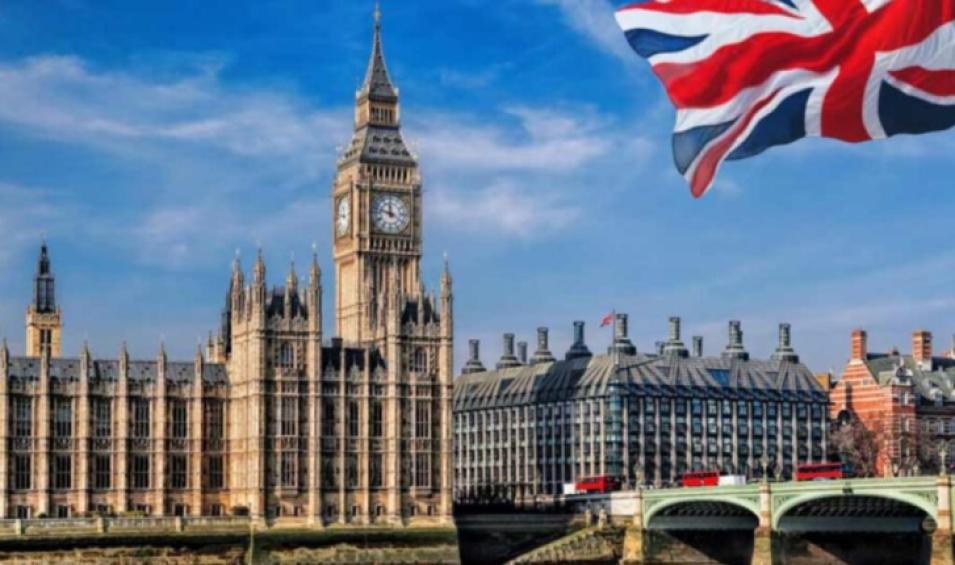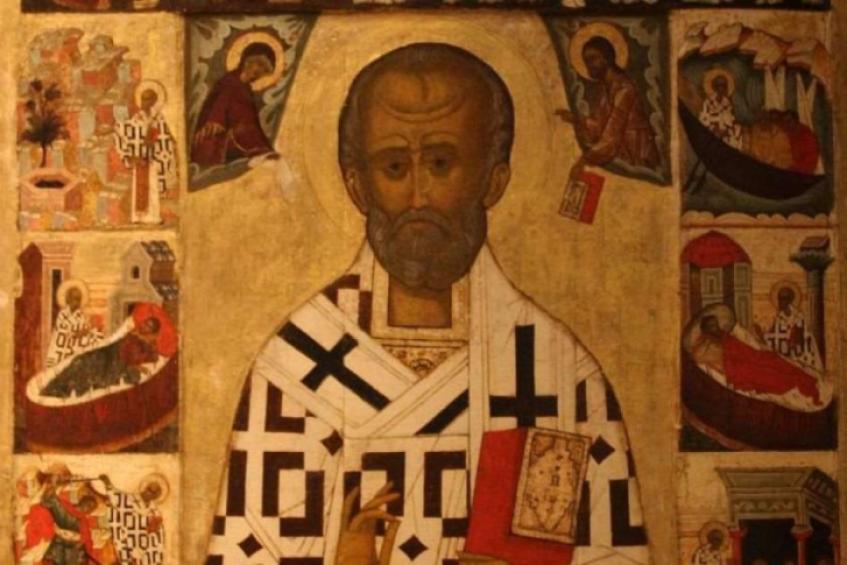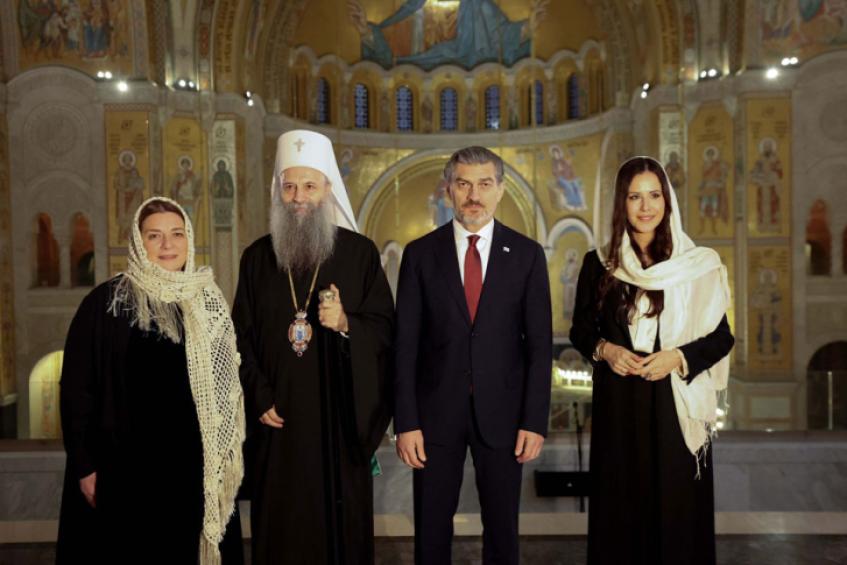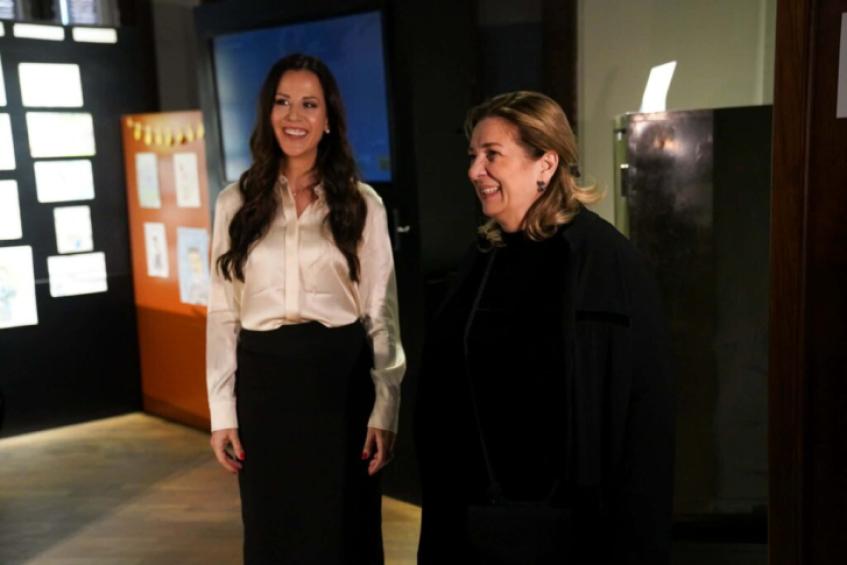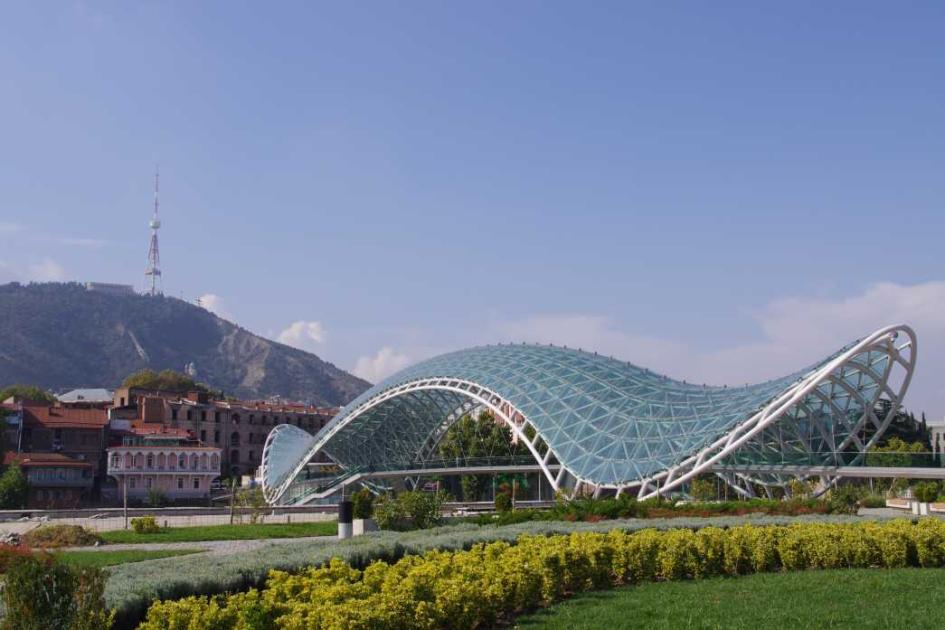
„As I wander the narrow lanes of Tbilisi’s old town, the capital of Georgia and home to a quarter of its almost four million population, I wonder to myself if there’s anywhere else in the world you could find a synagogue, a mosque and Armenian, Georgian and Catholic churches all crowded together?
Located at the junction of Eastern Europe and Western Asia, this country packs a lot into an area half the size of England. From the snow-capped mountains of the Caucasus in the north, through the semi-tropical forests of the interior, to the beaches on the shores of the Black Sea, there’s much to see here.
Tbilisi gets its name from its many hot springs, (tbili means warm), with the city spilling down the hillsides on either side of the Mtkvari River, the Nariqala fortress perched high above.
It has the largest Jewish population in the country, numbering around 11,000, as well as being home to the Great Synagogue, an impressive red brick structure dating from 1895, with two prayer halls and a kosher restaurant outside.
Nearby sits the smaller Ashkenazi Synagogue and a Jewish History Museum containing a variety of archaeological, ethnographic and historical exhibits.
In fact, Georgia has one of the oldest surviving diaspora Jewish communities, the first arriving after Nebuchadnezzar’s conquest of Jerusalem in 586BCE and exile in Babylon. Archaeological evidence shows they settled in Mtskheta, the ancient capital, around 12 miles outside Tbilisi.
And for much of Georgia’s history, the country’s Jewish community was met with tolerance rather than the discrimination common in other parts of Europe, even after the arrival of Christianity.
Tradition says that Elioz, a Georgian Jew, brought Jesus’s robe back here from Jerusalem, following the crucifixion. It’s still said to be buried in the 11th century Svetitskhoveli Cathedral, built in the same complex as the site of Georgia’s first wooden church, itself founded in 327CE by Georgian King Mirian after he converted to Christianity. Later rebuilt in stone in the 5th century, the church still stands to this day,“ – the author writes.
The author continues his trip to Georgia by visiting Joseph Stalin's hometown - Gori:
“Wherever you go in Georgia, there seem to be centuries of history to uncover. But before I venture west in the footsteps of legend, I detour 60 miles northwest of Tbilisi to Gori, the birthplace of Stalin.
Born Josef Dzhugashvili in 1879, his simple mud-brick house is now encased in a purpose-built glass-roofed Doric temple, with a vast museum dedicated to his life set behind.
Constructed in 1957, the displays here remain as they were in Soviet times. But to balance the propaganda, they’ve recently added a small two-room section downstairs, where mock-ups of an interrogation room and a prison cell have texts on the walls detailing his repression and torture,” – he says.
Rupert Parker also visits Kutaisi and writes about the sights there:
“I continue west to find another name from history in Kutaisi, the country’s third largest city. Continuously inhabited for over 4,000 years, it was the capital of the ancient kingdom of Colchis, dating back to around 2000BCE; here, according to Greek legend, Jason and his Argonauts found the Golden Fleece…
In the hills just outside Kutaisi itself, the 4,000-year-old civilisation is put into its own perspective at the Sataplia Nature Reserve, which contains 200 fossilised dinosaur footprints — the prints are an astonishing 120 million years old, displayed under a protective canopy along with full-sized dinosaur replicas,” – Parker writes.
The last location of the author's trip is the Black Sea city of Batumi:
“My final stop takes me away from the mountains to the coast, where on the Black Sea, Batumi, Georgia’s second city is booming. A resort since the 19th century, when the Russian Tsar holidayed here, casinos and skyscrapers have sprung up over recent years creating a sort of Vegas on Black Sea, making the most of the semi-tropical climate,” – the publication reads.
Source link:
0
0
One US dollar trades at GEL 2.6984
19/12/2025




